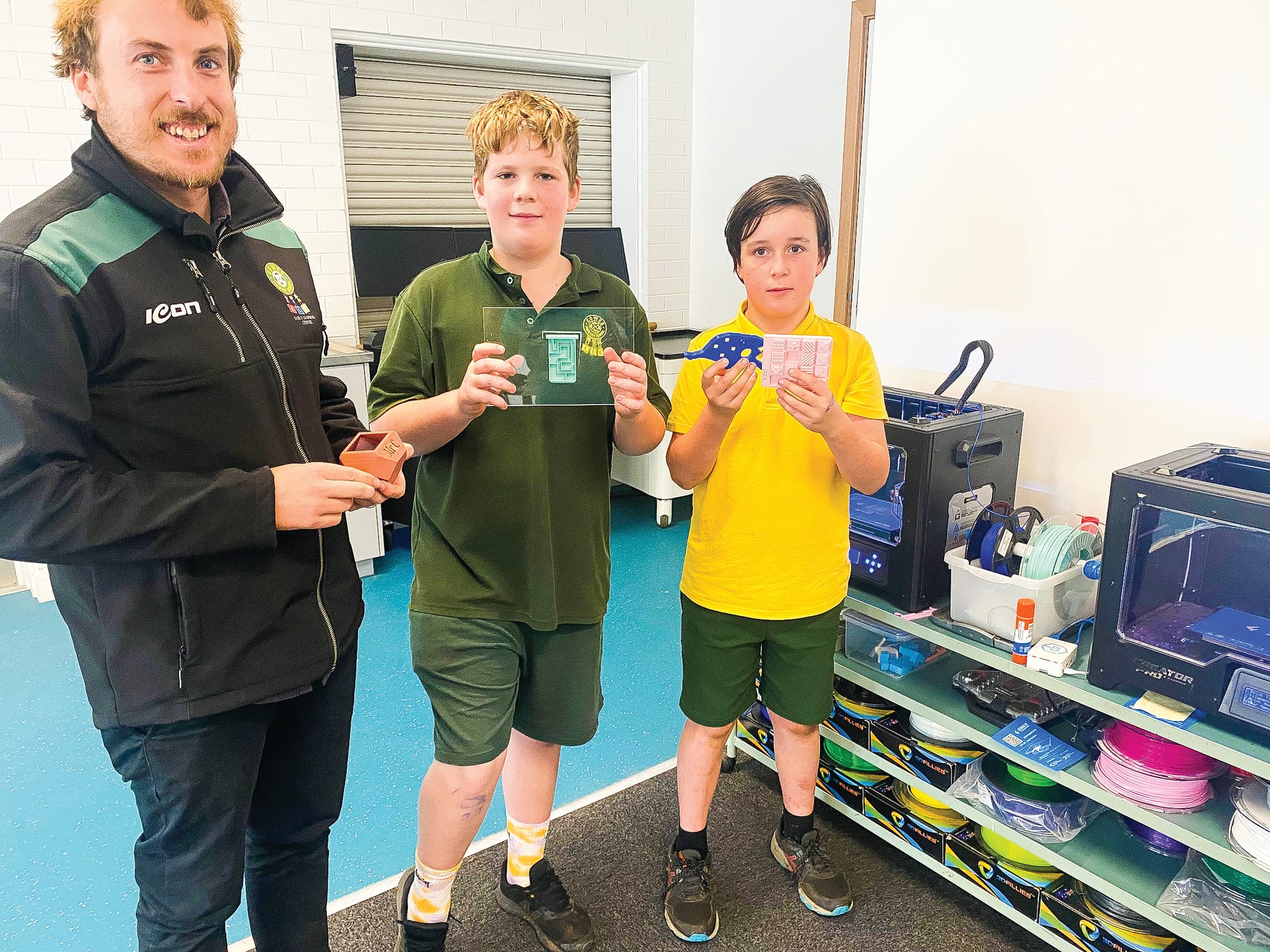Dedicated STEM space a huge hit with the kids
Todd Cleeland has been at the helm of the STEM (Science, Technology, Engineering and Mathematics) program at Cowes Primary School since its introduction into the curriculum several years ago.

Todd Cleeland has been at the helm of the STEM (Science, Technology, Engineering and Mathematics) program at Cowes Primary School since its introduction into the curriculum several years ago.
So it’s the icing on the cake for Todd and his students to have access to a large and dedicated STEM domain within the school.
Now located within the refurbished old Cowes Primary gymnasium, the well-equipped space offers the very latest in technology, including two 3D printers set up with the help of Mat Bowtell, a class set of Laptop and iPad devices and a robotics centre.
With technological advances almost daily highlighting the need for STEM capabilities more than ever before, the STEM space exposes all students on a weekly basis to creative problem solving, innovative and critical thinking, and skills in new and developing technologies.
The aim of the STEM program is to present classroom learning opportunities which prepare students for the future, and even for industries and jobs that are yet to be conceived.

Last week, for example, Grade 5 and 6 students at the school were involved in computer coding skills, problem solving, design and 3D printing.
The 3D printers in particular are in high demand, with students perfectly capable of using computer software to design shapes and objects while preparing and converting their designs into files for printing.
Another class was working in the robotics centre, where the children were learning to code the school’s robots to complete a range of problem-solving challenges.
Younger students were exploring literacy texts and themes through ‘Augmented Reality’ while others were busy practising computer keyboarding skills.
The kids describe STEM lessons as fun and exciting, and thoroughly enjoy the collaboration and teamwork that is required to problem solve the challenges presented, together.






